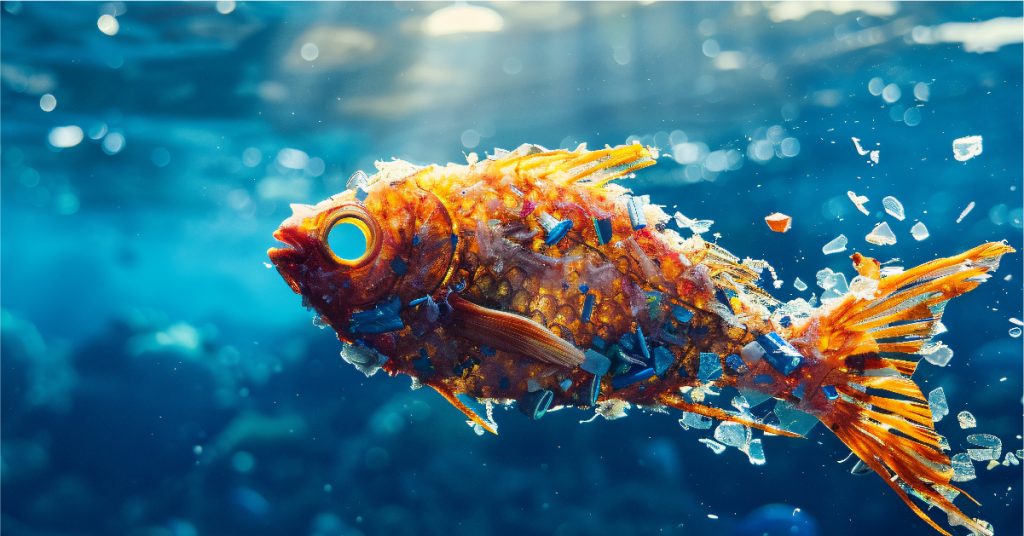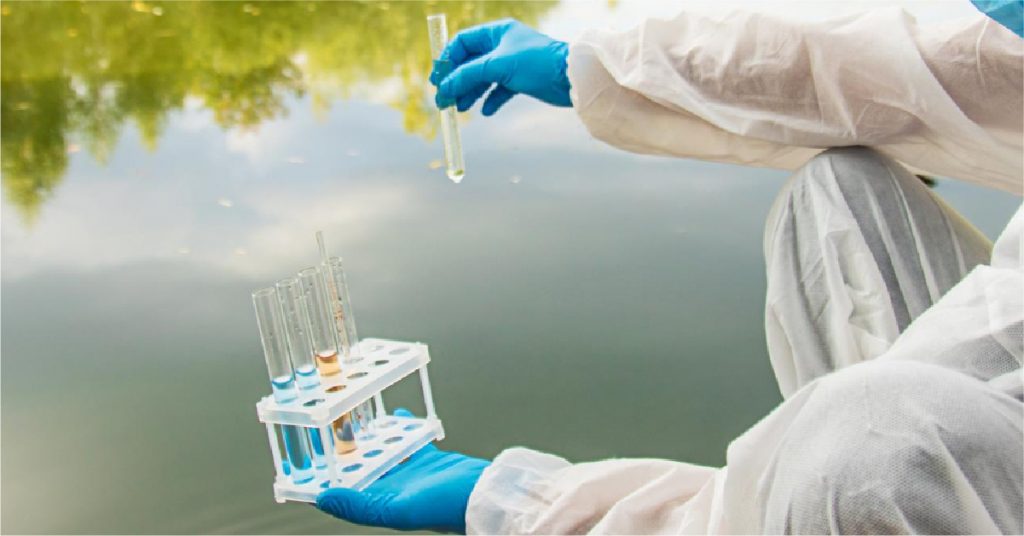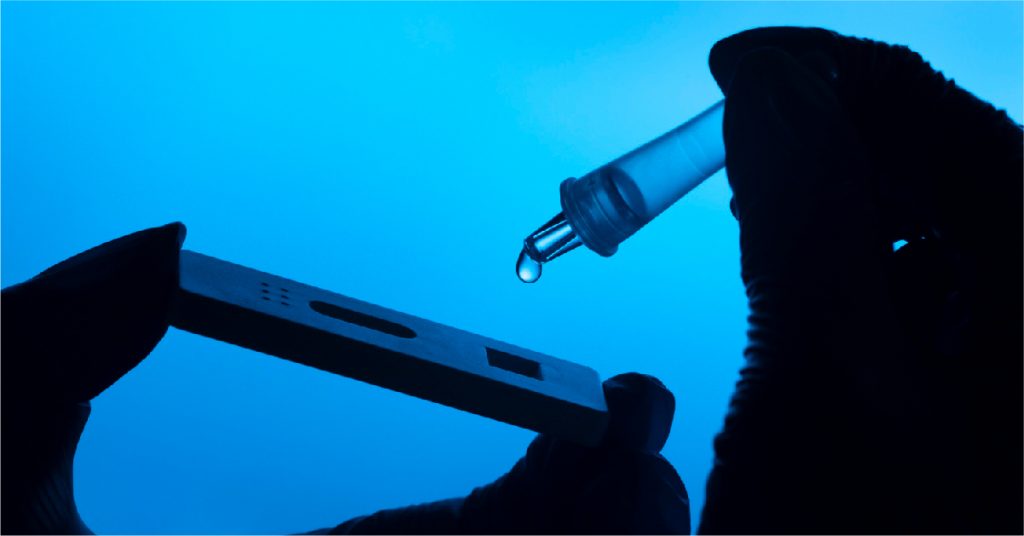Sri Lanka, a stunning island nation surrounded by the Indian Ocean, is known for its rich marine biodiversity, pristine beaches, and vital fishing economy. However, in recent years, the growing threat of marine pollution has begun to overshadow the beauty and ecological significance of the country’s coastal and marine environments. From plastic waste to chemical spills, the health of Sri Lanka’s oceans is under serious pressure. This blog explores what marine pollution is, the causes of marine pollution, its harmful effects, and actionable solutions for protecting Sri Lanka’s marine ecosystems.
What is Marine Pollution?
Marine pollution refers to the introduction of harmful substances, such as chemicals, waste, plastics, or oil, into the ocean, where they degrade water quality, harm marine life, and disrupt natural ecosystems. This pollution can come from land-based sources (like rivers, factories, or urban runoff) as well as marine activities (such as shipping, fishing, or offshore drilling).
In Sri Lanka, where over 70% of the population lives along the coastline and thousands depend on marine resources for their livelihoods, the impact of marine pollution is particularly profound.
Major Causes of Marine Pollution in Sri Lanka
Understanding marine pollution is essential for creating effective solutions. Here are some of the most significant causes of marine pollution in Sri Lanka:
- Plastic Waste and Littering
Single-use plastics like bags, bottles, straws, and packaging are widely used across Sri Lanka. Much of this waste ends up in rivers and eventually flows into the ocean. The 2021 MV X-Press Pearl cargo ship disaster further highlighted the problem, as millions of plastic pellets (nurdles) spilled into the sea, causing extensive damage to marine life and coastlines. - Industrial and Agricultural Runoff
Untreated wastewater and chemical runoff from factories, farms, and tea plantations often carry fertilizers, pesticides, and toxic substances into water bodies. These pollutants eventually reach the sea, leading to nutrient imbalances and water contamination. - Oil Spills and Marine Accidents
The increasing volume of shipping traffic around Sri Lanka increases the risk of oil spills and maritime accidents. Even small leaks can have long-lasting effects on coastal ecosystems and coral reefs. - Sewage and Domestic Waste
In many coastal towns and cities, sewage treatment infrastructure is lacking or outdated. As a result, untreated waste is often discharged directly into the ocean, polluting nearshore waters and threatening both human and marine health. - Overfishing and Abandoned Fishing Gear
Discarded nets, ropes, and gear—commonly known as “ghost fishing gear”—continue to trap and kill marine animals long after they are lost or abandoned.
Effects of Marine Pollution in Sri Lanka
The effects of marine pollution are already visible along Sri Lanka’s coastline and in its fishing communities. Some of the most pressing consequences include:
- Threat to Marine Life
Turtles, dolphins, whales, and seabirds often mistake plastic waste for food, leading to ingestion and suffocation. Coral reefs—already under stress due to warming seas—are further threatened by pollution and sedimentation. - Impact on Fisheries and Livelihoods
Marine pollution depletes fish stocks and contaminates seafood, directly affecting Sri Lanka’s fishing industry, which supports over 2.7 million people. Polluted coastal waters also reduce the income of small-scale fishers. - Damage to Tourism
Beaches littered with waste and polluted waters deter tourists, impacting one of Sri Lanka’s key economic sectors. Locations such as Unawatuna, Mirissa, and Nilaveli have experienced declines in tourist satisfaction due to pollution concerns. - Public Health Risks
Polluted waters can spread waterborne diseases, contaminate drinking sources, and increase risks of infections for communities that rely on the ocean for bathing, fishing, or food. - Disruption of Ecosystems
Pollution alters the chemical balance of marine ecosystems, reducing biodiversity, damaging coral reefs, and weakening the natural resilience of the ocean to climate change.
Solutions to Reduce Marine Pollution in Sri Lanka
While the challenges are serious, they are not insurmountable. A combination of government action, community engagement, innovation, and education is required to curb marine pollution.
- Strengthen Waste Management Systems
Improving solid waste collection, recycling, and disposal infrastructure—especially in coastal areas—can drastically reduce the flow of plastic and litter into the ocean. - Ban and Regulate Harmful Plastics
Sri Lanka has already made efforts to restrict certain plastic products. Expanding and strictly enforcing bans on single-use plastics, along with promoting alternatives, is key. - Educate Communities and Tourists
Awareness campaigns in schools, coastal villages, and tourist hotspots can help foster responsibility and reduce careless littering. Involving local communities in beach clean-up drives can also build long-term engagement. - Monitor and Regulate Industries
Strict regulations on industrial waste discharge and enforcement of environmental standards can prevent harmful chemicals and heavy metals from reaching the ocean. - Promote Sustainable Fishing Practices
Encouraging the use of eco-friendly gear, proper waste disposal by fishers, and training in sustainable practices can reduce the impact of fishing on marine ecosystems. - Invest in Research and Innovation
Partnering with academic institutions and environmental organizations can help develop locally appropriate technologies and solutions, such as biodegradable fishing nets or improved water treatment systems.
Role of Ion Exchange in Combating Water Pollution
Ion Exchange, a leader in water treatment solutions, has been instrumental in combating water pollution globally. By providing advanced water treatment technologies and systems, Ion Exchange helps to improve water quality and reduce the prevalence of diseases caused by water pollution. Their solutions include innovative water purification systems that remove contaminants from drinking water, making it safe for consumption.
INDION Lampak, developed by Ion Exchange, is a compact, modular unit designed to meet the drinking water needs of communities and industrial applications. It integrates a pump, static mixer, flocculator, lamella clarifier, gravity sand filter, and chemical dosing systems to produce disinfected water with less than 5 mg/l TSS from feed water containing up to 500 mg/l TSS. INDION Lampak is easy to operate, requires minimal maintenance, and can be powered by a diesel generator or renewable energy, making it ideal for areas without electricity. Its lightweight, corrosion-resistant materials and space-efficient design ensure easy transport, operation, and maintenance.
It effectively removes dissolved iron from feed water, which is commonly present as ferrous bicarbonate in groundwater. This advanced filter uses a catalytic oxidation process, eliminating the need for chemicals and ensuring that the treated water contains less than 0.3 ppm of iron. Designed for convenience, the NGIRF features a corrosion-resistant construction with a Fiber Reinforced Plastic (FRP) pressure vessel and PVC pipes. It is pre-assembled, tested, and equipped with user-friendly valves, making it a reliable and easy-to-operate solution for treating water with high iron content.
INDION Water Potability Test Kit
The INDION Water Potability Test Kit is a comprehensive tool designed to measure the eight crucial chemical parameters of drinking water as specified by the Bureau of Indian Standards. This user-friendly kit provides accurate and quick results for pH, total hardness, alkalinity, chloride, fluoride, chlorine, iron, and nitrate. Ideal for use by semi-skilled individuals, it offers an affordable solution for ensuring safe drinking water.
Decentralized sewage treatment solutions, like the INDION, Packaged Sewage Treatment Plants, are designed as compact, single-tank units that generate low sludge volumes and require minimal electricity, making them highly cost-effective. These systems are available in capacities ranging from 10 to 100 m³/d, and for larger needs, advanced options using Fluidized Media Reactor (FMR), Moving Bed Biofilm Reactor (MBBR), and Membrane Bio-Reactor (MBR) processes are offered to handle higher flow rates efficiently.
Conclusion
Marine pollution is one of the most pressing environmental issues facing Sri Lanka today. From plastic waste to chemical runoff, the causes of marine pollution are many, but so are the opportunities to address them. Understanding what marine pollution is, recognizing its devastating effects, and taking immediate action can help preserve Sri Lanka’s oceans for future generations.
Every citizen, policymaker, tourist, and business has a role to play. By taking collective responsibility, we can turn the tide against pollution and protect the marine heritage that defines Sri Lanka’s natural beauty and sustains its people.





